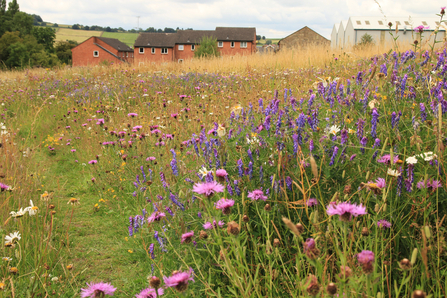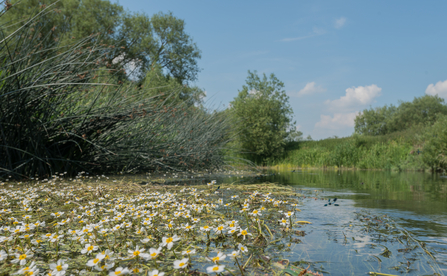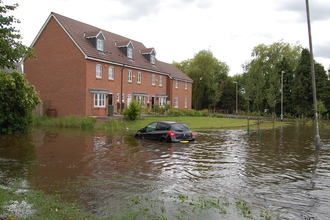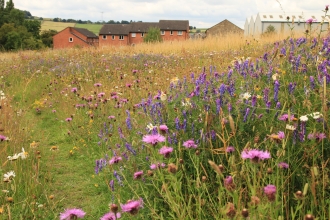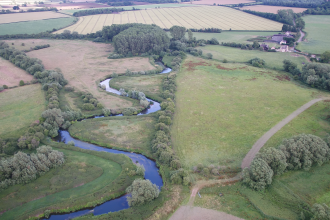On 2 February, a review on the economics of biodiversity, produced by Professor Dasgupta, was published. The review finds that as a species we have mismanaged our “global portfolio” and that our demands have exceeded nature’s capacity to supply the “goods and services” that we rely on.
One of the most significant findings of the review is that GDP is no longer fit for purpose as it is “based on a faulty application of economics” that fails to include “depreciation of assets” in the natural world as we use them.
Prof Dasgupta finds that “truly sustainable economic growth and development means recognising that our long-term prosperity relies on rebalancing our demand of nature’s goods and services with its capacity to supply them.”

